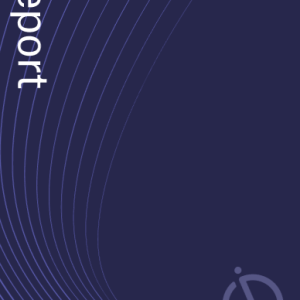Norsk Hydro has patented a method for producing secondary aluminum through thermal processing. The process involves using carbon-containing scrap from electrolysis cells as fuel, which is processed and burned to generate energy for melting aluminum-containing scrap in a rotary furnace. GlobalData’s report on Norsk Hydro gives a 360-degree view of the company including its patenting strategy. Buy the report here.
According to GlobalData’s company profile on Norsk Hydro, Cancer treatment biomarkers was a key innovation area identified from patents. Norsk Hydro's grant share as of July 2024 was 59%. Grant share is based on the ratio of number of grants to total number of patents.
Method for producing secondary aluminium using scrap fuel
The granted patent US12043880B2 outlines a method for producing secondary aluminium through a thermal process that utilizes both aluminium-containing and carbon-containing scrap materials. The process begins with the provision of aluminium scrap, which may include dross or end-of-life aluminium, and carbon scrap sourced from electrolysis cells used in primary aluminium production. The carbon scrap is crushed or milled to create a scrap fuel with a specific particle size, which is then introduced into a rotary furnace. The thermal processing involves melting the aluminium scrap using energy generated from the combustion of the scrap fuel, which can be pneumatically transported into a burner flame or dispersed in a liquid fuel.
Additionally, the method allows for the incorporation of various materials, such as chloride and fluoride salts, to adjust the chemical composition within the rotary furnace. The patent specifies that a significant portion of the energy required for melting the aluminium scrap—at least 30% to 50%—is derived from the scrap fuel. The process also includes provisions for post-combustion of off-gases from the melting operation, enhancing energy efficiency. This innovative approach not only facilitates the recycling of aluminium but also optimizes the use of by-products from the electrolysis process, contributing to a closed-loop mass flow in aluminium production.
To know more about GlobalData’s detailed insights on Norsk Hydro, buy the report here.
Data Insights
From

The gold standard of business intelligence.
Blending expert knowledge with cutting-edge technology, GlobalData’s unrivalled proprietary data will enable you to decode what’s happening in your market. You can make better informed decisions and gain a future-proof advantage over your competitors.



